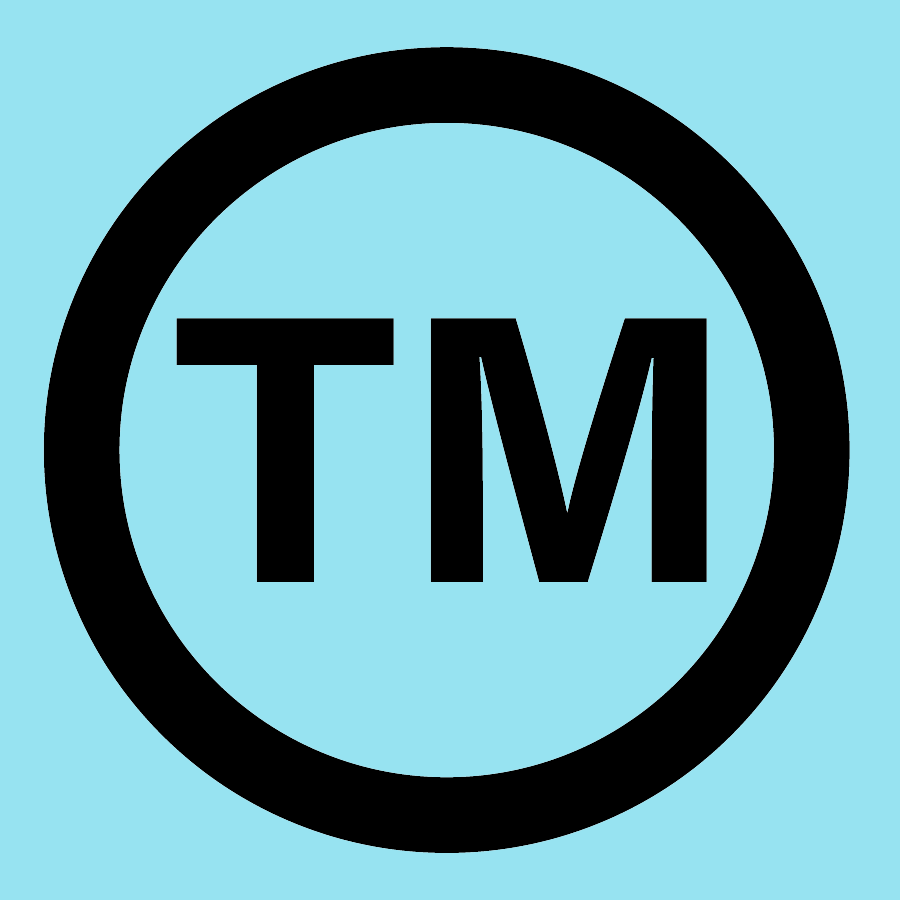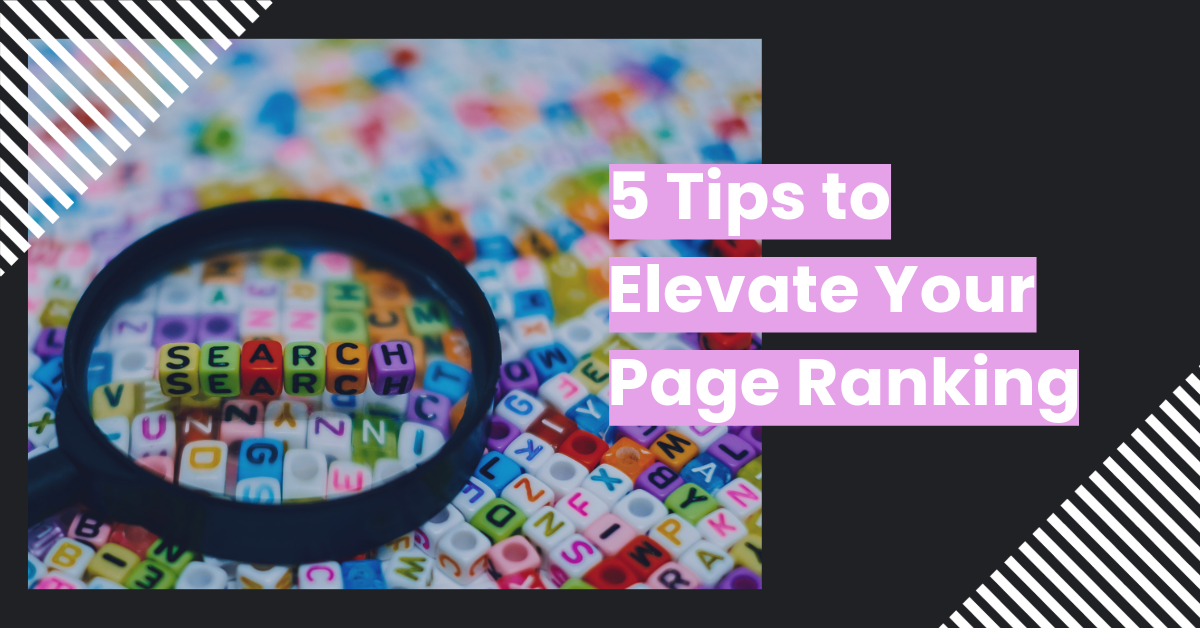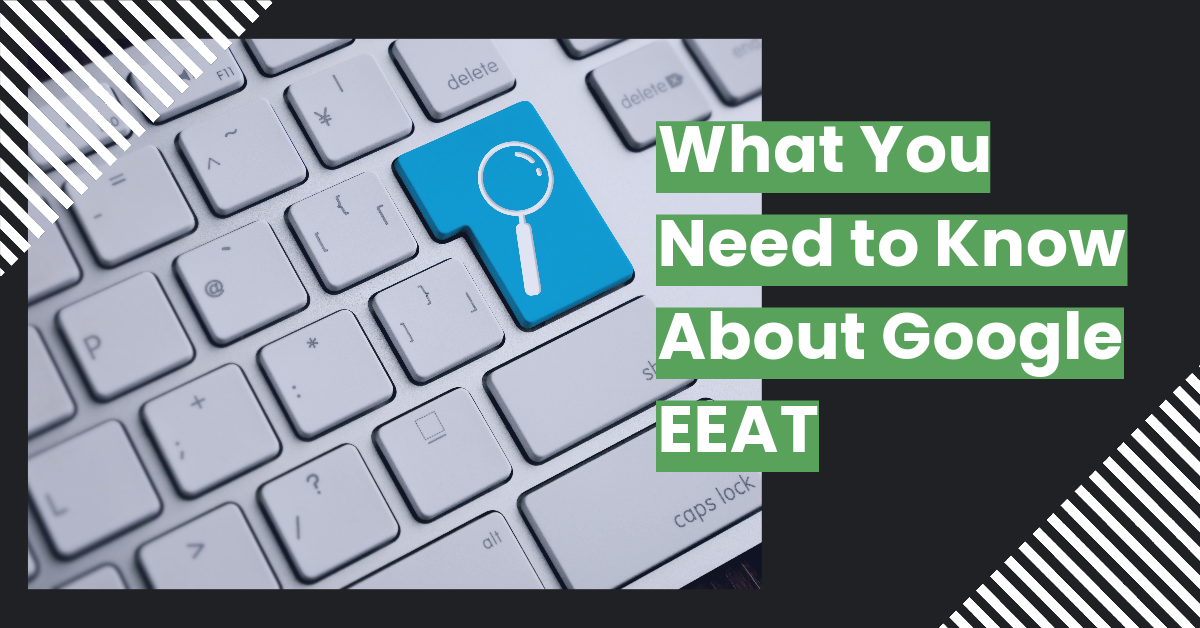Registered Trademarks and Other Symbols in SEO
Are You Including Registered Trademarks and Other Symbols in Your SEO?
When it comes to protecting trademarks and service marks, a lot of businesses tend to err on the side of caution.
They plaster the symbols all over their website, including the titles and meta copy, to show that they are protecting branding, products, services, and/or their content is protected under copyright law.
And yes, it is definitely a good idea to give reasonable notice to those visiting your website that you are taking steps to protect your brand. Not only does it discourage malfeasance from those who might be looking to poach your intellectual property, but it also prevents “innocent infringement” from those who might claim they didn’t know any better.
But what exactly constitutes “reasonable notice?” At what point does tagging your website with trademark symbols become intrusive to your visitors? And what effect do those symbols have on your search engine results?
Those are all good questions. We’re doing to do our best to answer them for you now.
But first…
What the Heck Do All of Those Symbols MEAN?
If you’re already well-versed in copyright law, you can probably skip down to the next section. But if you’re one of those folks who doesn’t know your ® from a hole in the ground, hopefully you’ll find this bit enlightening.
How Do Trademark Symbols Affect SEO?
How do all those trademark symbols affect your website’s ranking in Google?
Short answer: Nobody outside of Google seems to be 100% sure.
Longer, more coherent answer: Experts have been debating this topic for years. SEO takes several aspects of a webpage—the URL, the title, the meta tag, the description, the textual content, the images, and the videos—into consideration. Some of these obviously matter more than others, but the exact weight of each is still a mystery to everyone but the Google engineers. Google’s algorithms are a closely guarded secret, but most folks in the know agree that Google *probably* doesn’t assign weight or authority to trademark symbols.
The closest thing we’ve gotten to a straight answer from Google comes from spokesperson John Mueller, who was hosting a webmaster hangout in 2017 when the question came up. He was asked if Google ignores these symbols the same as it does other punctuation. Mueller answered:
As far as I know, yes, they are essentially ignored. So we treat them as a symbol.
It might be that you can search for them in the meantime. I know we’ve enabled search for some emoji characters as well. So maybe you can specifically search for them but I don’t think you’d get any useful content just by searching for symbols alone. But it might be kind of a curious thing to search for.
But in general, we treat them like any other symbol in the search results. We don’t apply any semantic meaning to them. So just because you are using some word and the TM symbol next to it, doesn’t mean that we should treat that word in any special way.
So on the surface, it would appear that these symbols have no bearing on SEO. But a close reading of Mueller’s response reveals that these symbols provide no *benefit* to SEO. Those symbols are there for the readers, not the search engines.
But are the symbols diluting the relevancy of your keywords? Does Google treat “product” and “product®” as two distinct keywords? That’s where the controversy arises (and where Google has been frustratingly silent).
Best Practices: What Constitutes “Reasonable Notice” When It Comes to Trademarks?
Full Disclosure: While we at NUANCE are utter mavens when it comes to SEO, we are *not* legal professionals. If you’re looking for proper legal advice, PLEASE consult an attorney, lawyer, barrister, mouthpiece, legist, or legal counselor.
According to the US Copyright Office:
Use of the [copyright] notice informs the public that a work is protected by copyright, identifies the copyright owner, and shows the year of first publication. Furthermore, in the event that a work is infringed, if the work carries a proper notice, the court will not give any weight to a defendant’s use of an innocent infringement defense—that is, to a claim that the defendant did not realize that the work was protected. An innocent infringement defense can result in a reduction in damages that the copyright owner would otherwise receive.
Knowing this, the temptation may be to slap TMs, SMs, ®s, and ©s all over your website, just to be safe. But SEO concerns aside, this can make your website copy burdensome and difficult to navigate for your readers. Because of this, many major corporations try to limit their use of these symbols. For example, Microsoft is well-known for aggressively defending their registered trademarks, but they leave it out of their titles and meta data and use it sparingly in their on-page text.
So most experts agree you should display your trademark at least once in a prominent location. If you display your logo on your site, that’s definitely the place to use it. Beyond that, you should just use your best judgement. It’s certainly *not* necessary to include a mark on every mention of your product on your website.
Apart from this, you should mention your trademark and/or copyright in the footer of your webpage. This ensures it gets offered up consistently to any visitors.
If you eschew this wisdom and decide you’d rather be more liberal with your use of the trademark symbol, you might consider putting a space between it and the word/phrase you’re tagging to improve your keyword relevancy.
And finally, keep in mind that trademarks may be considered “abandoned” if they aren’t continuously used to maintain exclusive rights. So if your trademark is registered, make sure you confirm it with the ® symbol.
References
“When Do You Need a Copyright Notice on Websites (And Where Do You Place It)?” – NOLO
“Google Ignores Symbols for Rankings” – Search Engine Roundtable
“Registered Trademarks and Other Symbols in the Title Tag” – Search Engine Journal
“How Do Symbols Affect SEO?” – Marketing1on1
“Placing Copyright Notices In Documentation” – TechWhirl
“How Do I Use the Copyright Symbol?” – LegalZoom



















